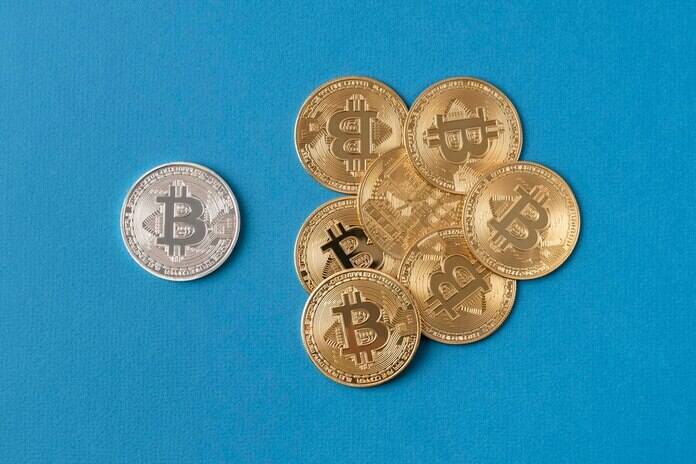Similar to BRC-20, Loon has emerged as an important protocol utilizing the Bitcoin network, accounting for a respectable 68% share of Bitcoin transactions following the halving. However, Bitcoin miners are facing diminishing returns due to this surge.
Similar to BRC-20, Runes operates by compensating fees in Bitcoin for issuing new tokens. Unlike Ordinals’ “inscription” account model, Runes leverages the Unspent Transaction Output (UTXO) framework to imprint new tokens onto the Bitcoin network. This methodology allows users to assign unique identification numbers to individual satoshis and insert them directly into the Bitcoin blockchain along with various other data.
Runes has processed over 2.38 million transactions since its inception on April 20, according to data from the Dune Analytics dashboard shared by blockchain research firm Crypto Koryo. Compared to regular peer-to-peer Bitcoin transactions, BRC-20 and Ordinal, Runes account for a significant portion of total Bitcoin transaction volume.
On April 23rd, Runes recorded its highest trading volume of over 750,000. However, there was a noticeable decline in trading volume the next day, dropping to 312,000.
Much of the initial enthusiasm came from the Block 840,000 halving event, which utilized the Runes protocol to imprint a “rare Satoshi” on a block, competing for the greatest digital real estate in Bitcoin history. As a result, Runes contributed over $2.4 million in miner fees, accounting for over 70% of the total fees for the halving.
With mining rewards dropping from 6.25 BTC to 3.125 BTC after the halving, Runes Protocol was initially touted as a lifeline for struggling miners, providing them with a new source of income. “Runes degens single-handedly offset the reduction in miner rewards caused by the halving,” said Pseudonymous Ordinals developer Leonidas. However, the sustainability of this claim has been questioned, given that the total daily fees after the halving fluctuate between 33% and 69%.
Community sentiment remains divided on whether Runes can provide a stable revenue stream for Bitcoin miners. In particular, the Bitcoin Miner Position Index (MPI) has fluctuated between -1 and -0.15 since the halving, indicating that there is no significant change in miners’ Bitcoin holdings and that a sell-off is not imminent.
Loon may struggle to maintain its momentum, but recent groundbreaking developments offer a potential alternative revenue stream that could cushion the impact of the halving on miners.
Featured Image: Freepik
Please see disclaimer

